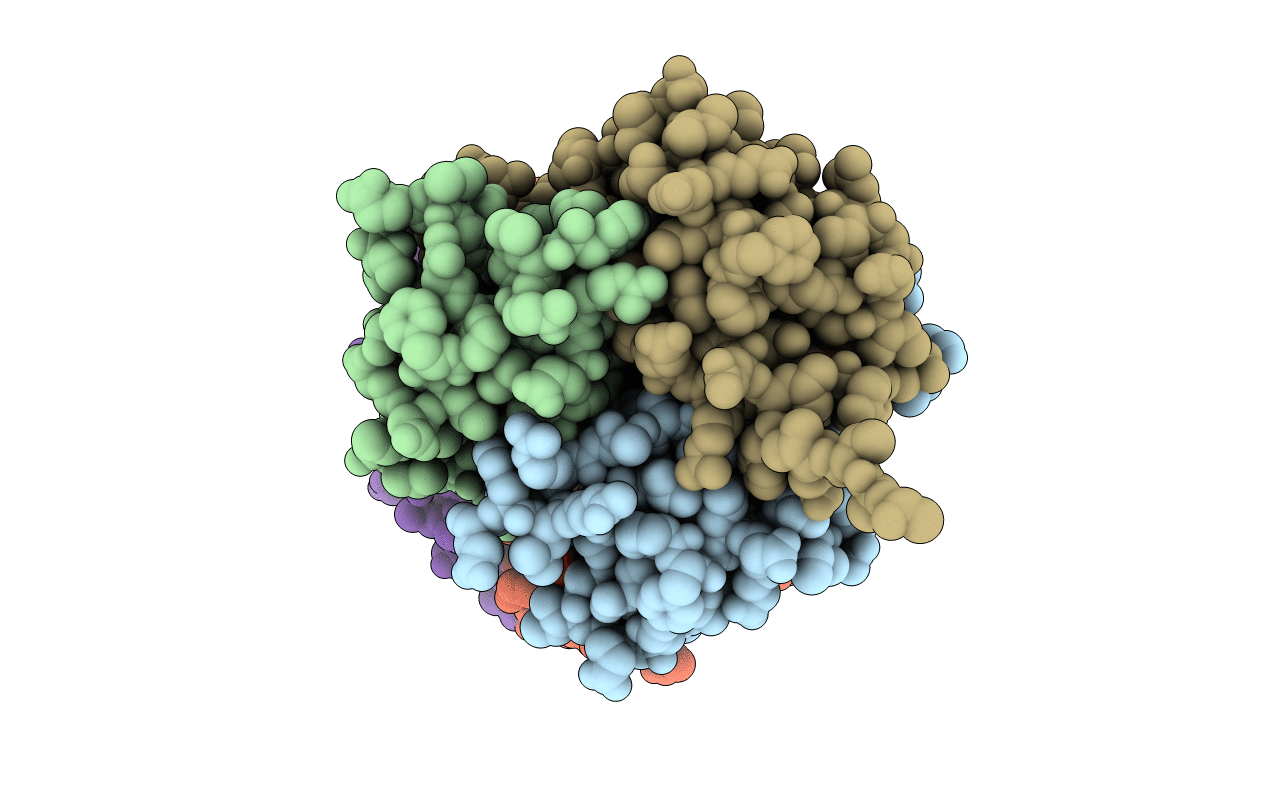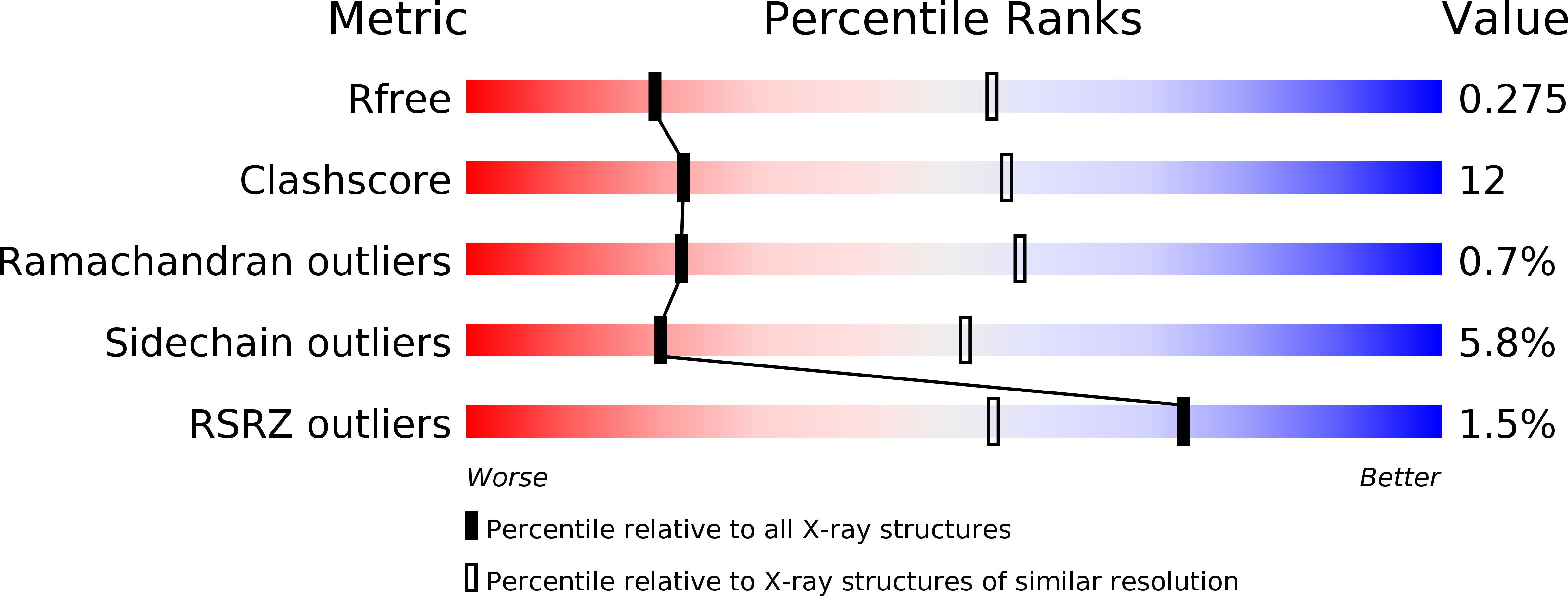
Deposition Date
2013-08-25
Release Date
2014-02-12
Last Version Date
2023-12-20
Entry Detail
Biological Source:
Source Organism:
SYNECHOCOCCUS ELONGATUS (Taxon ID: 32046)
Host Organism:
Method Details:
Experimental Method:
Resolution:
3.10 Å
R-Value Free:
0.26
R-Value Work:
0.21
R-Value Observed:
0.21
Space Group:
P 61


